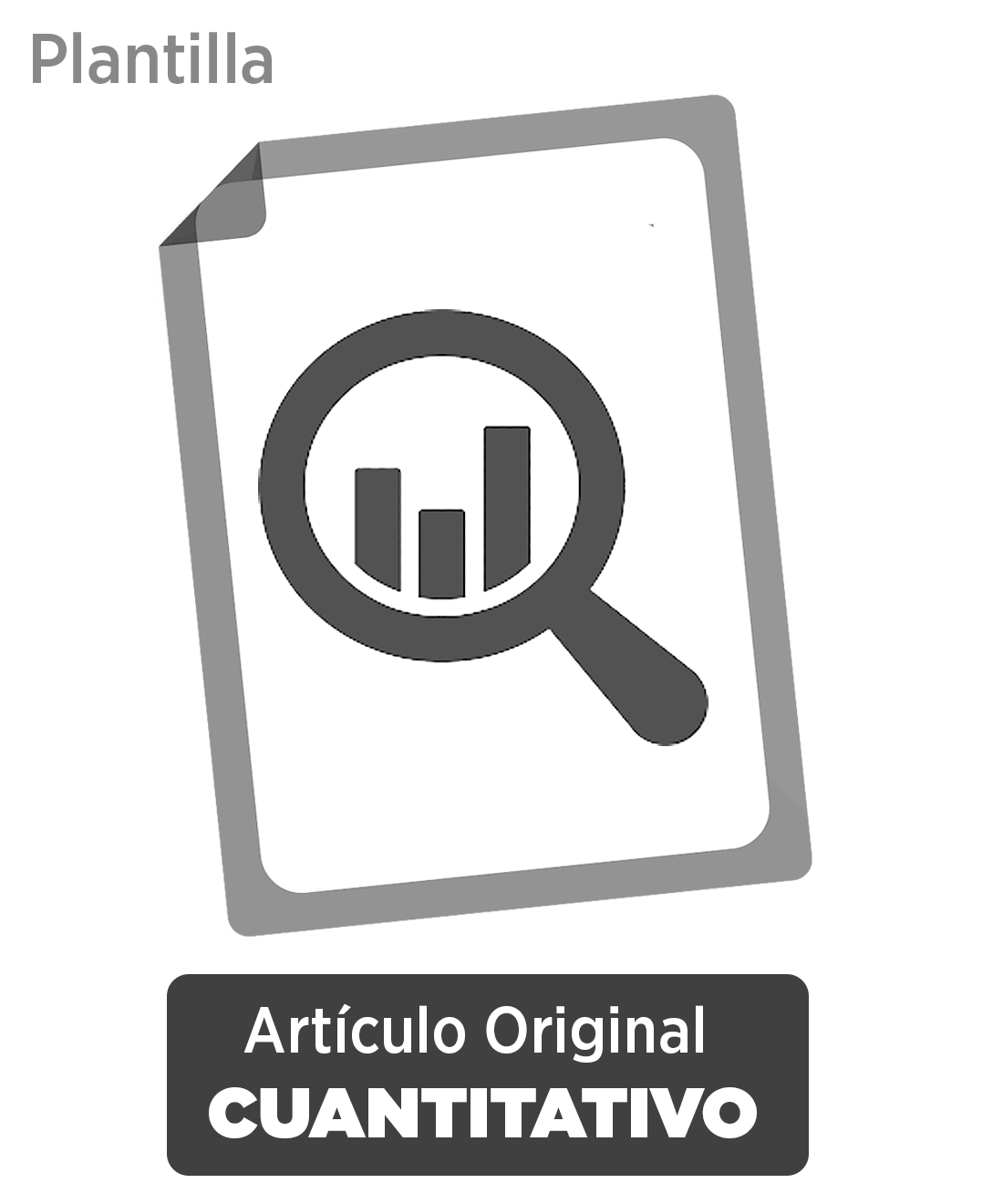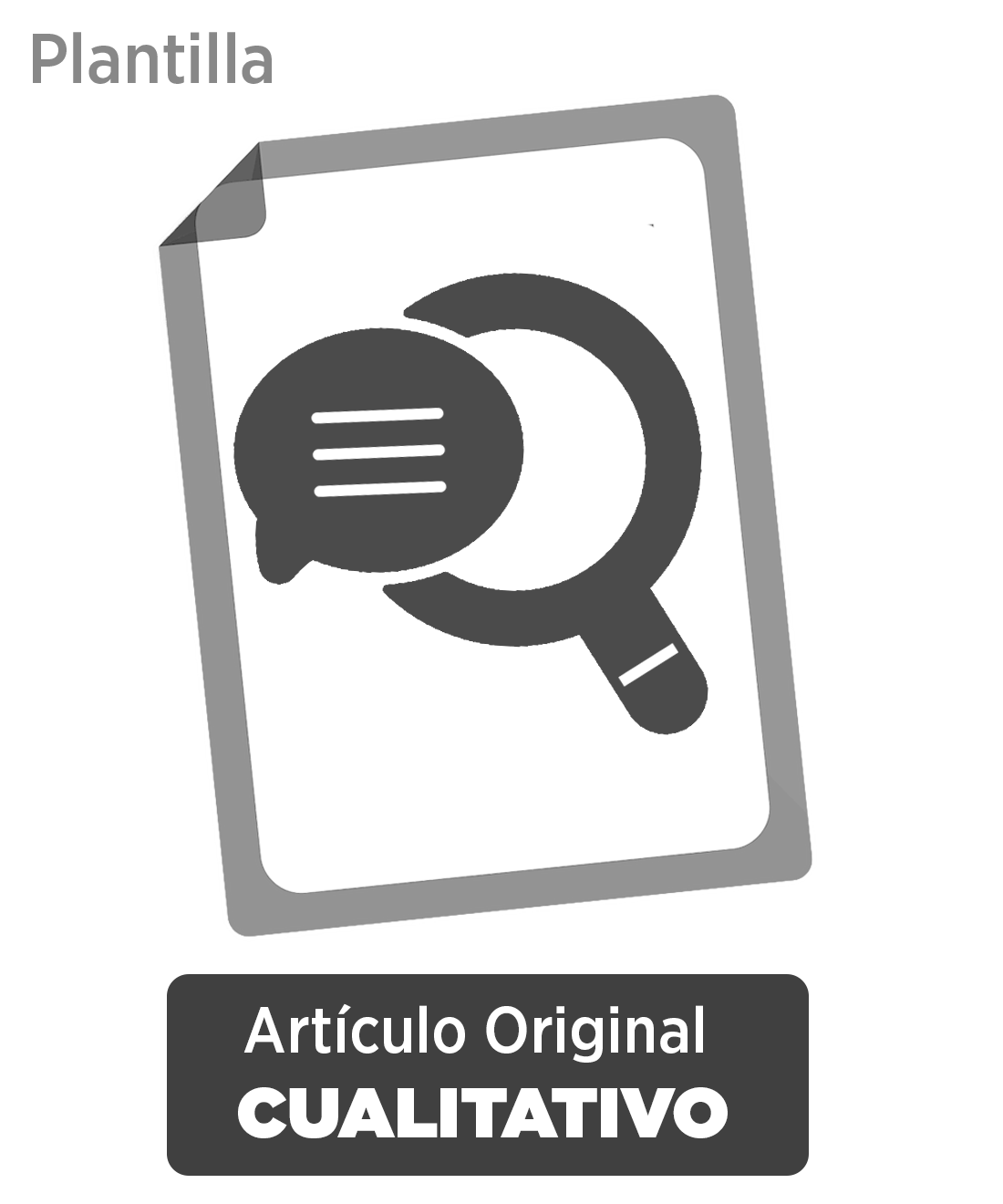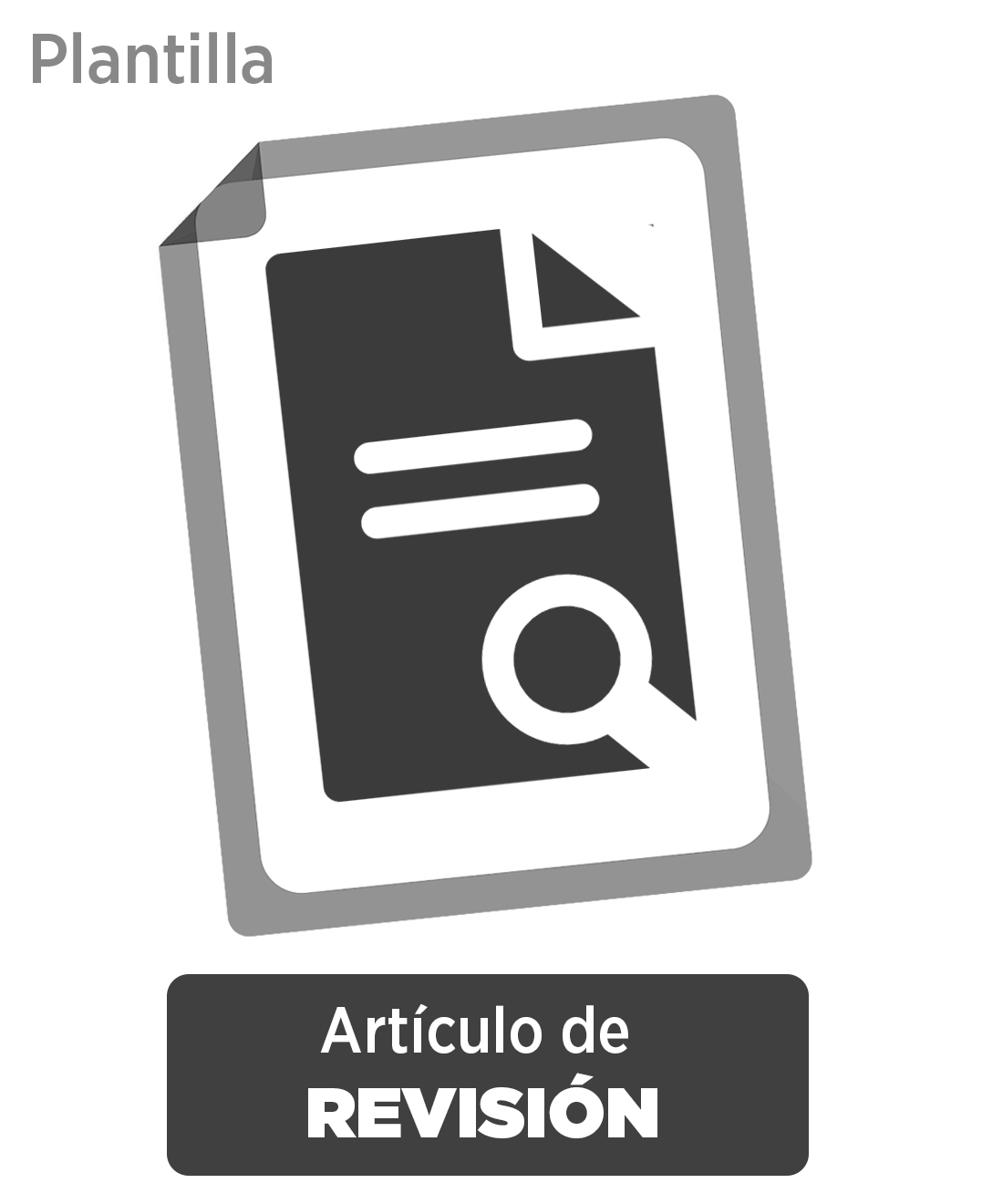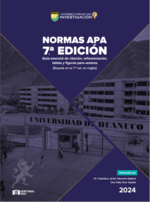Publicidad inmersiva y estrategia de marketing en retail de Huancayo, Perú
DOI:
https://doi.org/10.37711/rcie.2025.5.1.666Palabras clave:
realidad aumentada, realidad virtual, publicidad inmersiva, experiencia de compra, intención de compra, fidelización, estrategia de marketing, retail, Huancayo, tecnologías inmersivasResumen
Objetivo. Analizar la relación entre la publicidad inmersiva y la estrategia de marketing en el sector retail de Huancayo (Perú). Métodos. Se realizó un estudio con enfoque cuantitativo y diseño correlacional. El estudio contó con una población de 120 empresas que aplican tecnologías inmersivas, con una muestra de 40 empresa y se encuestó a 59 clientes con experiencia previa en campañas de publicidad inmersiva. Para la recolección de datos, se empleó como técnica la encuesta y como instrumento un cuestionario con escala de Likert para evaluar ambas variables y sus dimensiones. Resultados. Se evidencia que la publicidad inmersiva es percibida favorablemente, destacando la aceptación y personalización, con más del 57 % de respuestas en nivel alto. No obstante, la intención de compra mostró un nivel medio, indicando que el interés generado no siempre se traduce en una decisión de consumo. La estrategia de marketing también fue bien valorada por el 57,6 % de los participantes, especialmente en las dimensiones de conexión emocional e interacción personalizada. Sin embargo, al igual que en la primera variable, el impacto en la intención de compra fue moderado. El análisis inferencial confirmó la hipótesis alterna, al encontrarse una correlación positiva y significativa entre ambas variables (tau-b de Kendall=0,468; p=0,001). Destacó el fuerte vínculo entre la personalización de la publicidad inmersiva y la interacción personalizada. Conclusiones. Se confirma una relación significativa entre la publicidad inmersiva y la estrategia de marketingen el sector retail de Huancayo.
Descargas
Referencias
Arora, N., Drèze, X., Ghose, A., Hess, J., Iyengar, R., Jing, B., Joshi, Y., Kumar, V., Lurie, N., Neslin, S., Sajeesh, S., Su, M., Syam, N., y Thom, J. (2008). Cómo poner a trabajar el marketing uno a uno: personalización, personalización y elección. Marketing Letters, 19(3), 305-321. https://doi.org/10.1007/s11002-008-9056-z
Baker, M. J., & Hart, S. (2018). The Marketing Book (7th ed.). Routledge.Cayahuallpa-Paquirachi, C., Pacheco, A., & Uribe-Hernández, Y. (2024). Transforming the tourism experience: Virtual Reality for customer loyalty in the tourism industry. F1000Research, 13, 302. https://doi.org/10.12688/f1000research.146072.1
Cyr, D., Head, M., & Larios, H. (2010). Color appeal in website design within and across cultures: A multi-method evaluation. International Journal of Human–Computer Studies,68(1-2), 1-21. https://doi.org/10.1016/j.ijhcs.2009.08.005
Flavián, C., Ibáñez-Sánchez, S., & Orús, C. (2019). The impact of virtual, augmented and mixed reality technologies on the customer experience. Journal of Business Research, 100, 547-560. https://doi.org/10.1016/j.jbusres.2018.10.050
Hilken, T., Chylinski, M. B., Keeling, D., Heller, J., Ruyter, K., & Mahr, D. (2021). How to strategically choose or combine augmented and virtual reality for improved online experiential retailing. Psychology & Marketing, 3(39),495-507. https://doi.org/10.1002/mar.21600
Javornik, A. (2016). ‘It’s an illusion, but it looks real!’ Consumer af-fective, cognitive and behavioural responses to augmented real-ity applications. Journal of Marketing Management,32(9-10), 987-1011. https://doi.org/10.1080/0267257X.2016.1174726
Liu, J. (2024). The application and challenges of virtual reality technology in creative advertising design. Applied Mathematics and Nonlinear Sciences, 9(1), 1-19. https://doi.org/10.2478/amns-2024-0826
Nathan, S. K., Kaikini, R. R., Noorjahan, S., Santhosh, R., Acharjee, P., & Sridharan, R. (2023). Exploring The Factors That Influence Young Customers’ Purchase Intention Towards Smartphone. Journal of Advanced Zoology, 4(55), 1890-1894. https://doi.org/10.17762/jaz.v44is-5.1522
Pantano, E., & Priporas, C.-V. (2016). The effect of mobile retailing on consumers’ purchasing experiences: A dynamic perspective. Comput. Hum. Behav., 61, 548-555. https://doi.org/10.1016/j.chb.2016.03.071
Poushneh, A. (2018). Augmented reality in retail: A trade-off between user’s control of access to personal information and augmentation quality. Journal of Retailing and Consumer Services, 41, 169-176. https://doi.org/10.1016/j.jretconser.2017.12.010
Ravi Kumar, R. Madhumitha, Monisha Suthar, & Mushraff.Y. (2024). The Effectiveness of Virtual Reality and Augmented Reality in Digital Marketing Campaigns. EPRA International Journal of Economics, Business and Management Studies,5(11), 92-94. https://doi.org/10.36713/epra16813
Saura, J. R., Palacios-Marqués, D., & Ribeiro-Soriano, D. (2021). Digital marketing in SMEs via data-driven strategies: Reviewing the current state of research. Journal of Small Business Management, 61, 1278-1313. https://doi.org/10.1080/00472778.2021.1955127
Scholz, J., & Smith, A. N. (2016). Augmented reality: Designing immersive experiences that maximize consumer engagement. Business Horizons, 59(2), 149-161. https://doi.org/10.1016/j.bushor.2015.10.003
Sheena, S. K. (2023). Augmented and Virtual Reality (AR/VR) in Marketing: Developing Immersive Client Experiences to Increase Engagement. 2023 10th IEEE Uttar Pradesh Section International Conference on Electrical, Electronics and Computer Engineering (UPCON), 10, 1759-1764. https://doi.org/10.1109/UPCON59197.2023.10434889
Thomson, M., MacInnis, D. J., & Park, C. W. (2005). The ties that bind: Measuring the strength of consumers’ emotional attachments to brands. Journal of Consumer Psychology, 15(1), 77-91. https://doi.org/10.1207/s15327663jcp1501_10
Yawised, K., Apasrawirote, D., Chatrangsan, M., & Muneesawang, P. (2022). Turning digital technology to immersive marketing strategy: A strategic perspective on flexibility, agility and adaptability for businesses. Journal of Entrepreneurship in Emerging Economies, 16(3), 742-766. https://doi.org/10.1108/jeee-06-2022-0169
Zhao, S. (2021). The Impact of Contextual Mobile Advertising on Consumer Purchase Intention. 2021 International Conference on Management, Economics, Business and Information Technology. https://doi.org/10.12783/DTEM/MEBIT2021/35639

Descargas
Publicado
Número
Sección
Licencia
Derechos de autor 2025 Adrián Oscar Berrospi Paredes

Esta obra está bajo una licencia internacional Creative Commons Atribución 4.0.
a. Los autores conservan los derechos de propiedad intelectual (copyright) de las obras publicadas, cediendole a la revista el derecho de primera publicación.
b. Los autores retienen sus derechos de marca y patente, y también sobre cualquier proceso o procedimiento descrito en el artículo.
c. Los autores retienen el derecho de compartir, copiar, distribuir, ejecutar y comunicar públicamente el artículo publicado en la revista Innovación Empresarial (por ejemplo, colocarlo en un repositorio institucional o publicarlo en un libro), con un reconocimiento de su publicación inicial en la revista Innovación Empresarial.
d. Los autores retienen el derecho a hacer una posterior publicación de su trabajo, de utilizar el artículo o cualquier parte de aquel (por ejemplo: una compilación de sus trabajos, notas para conferencias, tesis, o para un libro), siempre que indiquen la fuente de publicación (autores del trabajo, revista, volumen, número y fecha).
























